How to search for ADD tagged images in Aperture
This workflow describes how to process the duplicates identified by ADD using Aperture's search box only. It's a very simple method and can be very effective when you have a small number of duplicates.
When ADD completed you will have seen something like this:
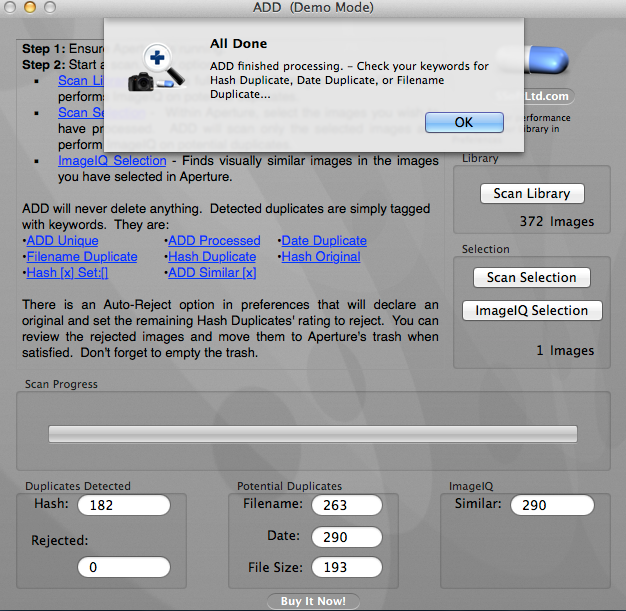
In this particular example, ADD has detected 182 exact duplicates, 263 images sharing the same filename, and 290 images that have the same date/timestamp. Of the potential duplicates, ImageIQ has determined that 290 of them are similar and require inspection.
To see the "results", you need to head back over into Aperture where there are multiple ways of seeing the duplicates and eliminate them. You can quit ADD as it's no longer required unless you want to do another scan.
Back in Aperture:
Turn on the "info" pane. This then shows info on the currently selected image.

You can now go ahead and do some searches on your images which are performed by typing in the search area. You should also ensure you are searching the entire library.
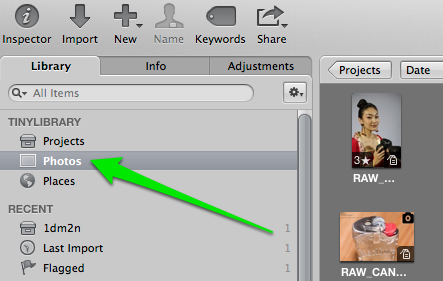
Try a search for "duplicate" which then filters the images to show all images with any duplicate tag.... be it filename duplicate, date duplicate, or hash duplicate.
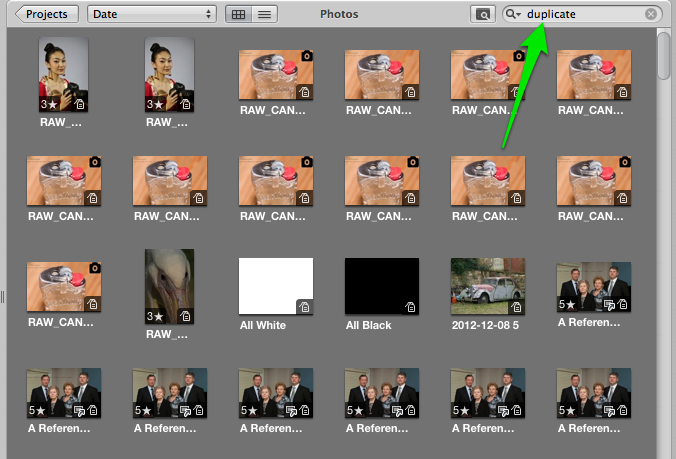
You can further refine the search to be just for say "hash duplicate"
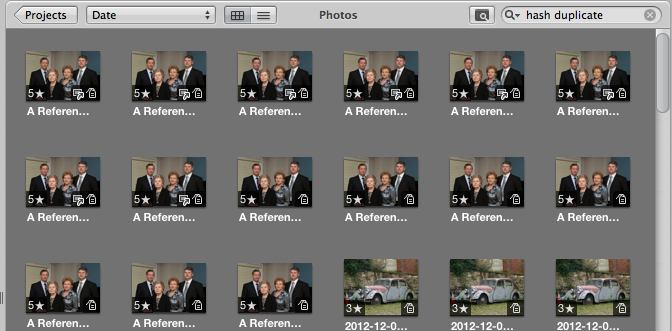
You can start deleting images using these searches. Now be careful, as ADD does not know which was the original file. It tags all the images in a set of duplicates. Be sure to keep at least on copy of each image.
If you've tried ImageIQ (which is enabled by default), you have more search options like a search for "similar" which gives all the images that were potential date or filename duplicates, and ImageIQ determined them to be similar.
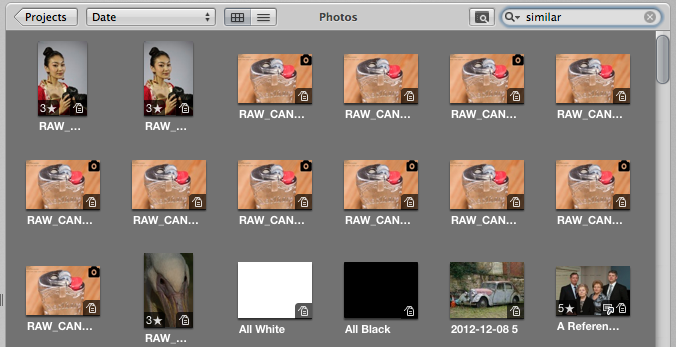
This search can further refined to show the images showing the strongest similarities by specifying "similar 0" through to the weaker similarities such as "similar 1" to "similar 8"
Finally, notice that the image sorting in the above examples was set to "Date". It is often helpful to try a few different sort orders to help in viewing duplicates side by side. The File Name and File Size sort orders are two options you should run through.
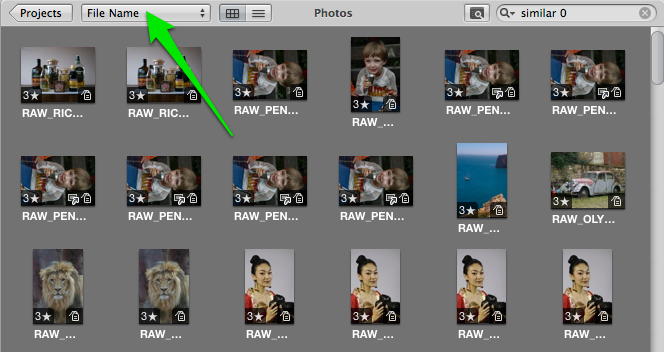
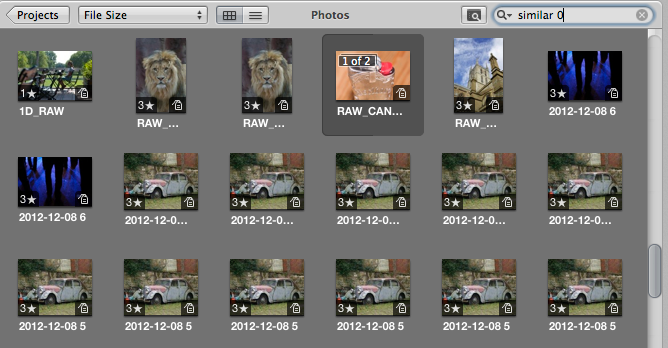
I hope this little tutorial helps you out.
